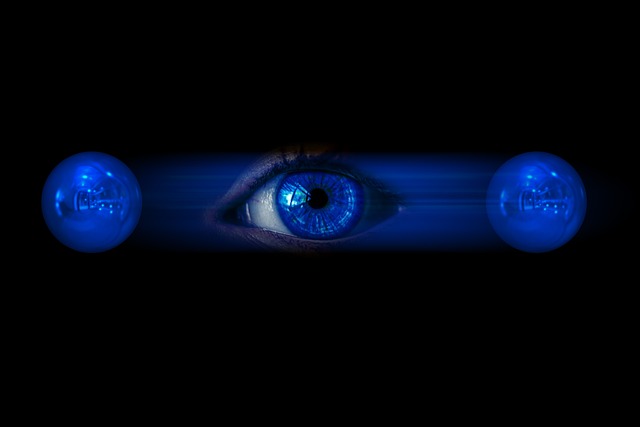In the vast world of composition, perception plays a crucial role that often goes unnoticed. Every note, every stroke of the pen, every brush of color has its own story, a narrative that lives in the collective consciousness of both the creator and the audience. As composers, writers, and artists, we reach out to the world with our work, hoping to connect, evoke emotions, and provoke thought. But how does our individual perception shape the way we create and the way our creations are received?
Perception is more than just a mental process; it’s a lens through which we interpret and interact with the world around us. When we approach a blank canvas or an empty page, we’re not merely filling that space; we’re transferring our experiences, thoughts, and feelings into a form that can be shared. Each piece we create is a reflection of our unique perspective, influenced by our past, our culture, and our emotional state. Thus, our work becomes an extension of who we are, allowing audiences to glimpse into our minds and hearts.
Imagine a musician composing a piece inspired by a rainy day. The sound of raindrops tapping against the window may evoke feelings of melancholy for one person and pure bliss for another. This duality of perception ensures that art is a personal experience. It’s remarkable how the same composition can elicit varied emotions depending on who is listening, making every interaction with art a unique exploration.
As artists, we must be aware of our limitations and the biases inherent in our own perception. What resonates deeply with us may not have the same effect on someone else. This realization is both humbling and liberating; it encourages openness to feedback and allows us to see our work through diverse eyes. Collaboration becomes key, as working with others can illuminate perspectives we may have missed, enriching our craft.
Moreover, as we dive deeper into the composition process, we should challenge ourselves to shift our perception periodically. What happens when we create without our usual influences—without the weight of expectation? Embracing spontaneity can lead to unexpected breakthroughs, allowing us to discover new facets of our creativity. It transforms the way we not only compose but also how we engage with our subjects and themes.
In today’s world, where information is abundant and attention spans are fleeting, understanding perception becomes even more vital. We live in a time rich with diverse experiences, and each person carries a different emotional toolbox. Our challenge as composers, artists, and writers is to tap into this shared human experience while maintaining our own authenticity. When we acknowledge and embrace the complexities of perception, we can create work that resonates on multiple levels, striking a chord with many.
Ultimately, exploring perception in composition is an invitation to expand our horizons and engage with the world in meaningful ways. Let us remain inquisitive and open, and remember that every piece we create is not just an expression of ourselves but also a bridge connecting us to others, inviting them to see the world through our eyes.



